

In a time when most discussions concerning plastic seem to centre on waste, the positive properties of this synthetic substance are often overlooked. Few other materials have such a good track record when it comes to factors such as food hygiene and shelf life. It also weighs significantly less than glass, steel or other materials. Regardless of whether it is used in insulation, lightweight construction or packaging, plastic offers many advantages.
In 2017, 348 million tonnes of plastic were manufactured worldwide, mainly for packaging, the construction industry, vehicles and electronics. At the same time, millions of tonnes of plastic waste are generated every year. Therein lies the crucial point: this waste should no longer be seen as rubbish, but must instead serve as a valuable commodity – especially in view of dwindling resources.
was the year when Leo Hendrik Baekeland,
a chemist, filed his heat-and-pressure
patent for the production of Bakelite, the
first plastic made entirely from synthetic
components. The year is considered to mark
the birth of the modern plastics industry.
of plastic were manufactured worldwide in 2017.
In 1950, that figure stood at 1.5 million tonnes.
is the temperature used to sterilise
PVC blood bags. Even at such high
temperatures, plastic can still keep its shape.
of a modern-day vehicle’s volume
consists of plastic parts, even though
they only account for 10 % of its weight.

In January 2018, the Chinese government stopped the import of low-quality plastic waste as part of its National Sword programme. Only plastic waste with a purity level of 99.5 % or more is still allowed into the country. Alternatives have been absolutely essential since then, as China still took on 51 % of the world’s plastic waste in 2017.
A look at the world’s oceans also reveals the urgent need for action. The seas are suffocating under the plastic flood. Three-quarters of the 150 million tonnes of waste floating on the world’s oceans consist of plastic. The fact that plastic takes 350 years to decompose drives home the true scope of the problem.
Only 30% of plastic waste was recycled in Europe in 2017. In China, that figure stood at 25 %, and was just 9 % in the United States. That is a lot of wasted potential. Much of the world’s plastic waste ends up in landfills or is incinerated, posing a risk to groundwater and the air.
Still, the industry also needs to lead by example. Whenever possible, recycling should be the goal to which manufacturers aspire. A PET bottle, for example, can be recycled as often as needed – provided businesses and consumers are willing to live with a change in the material’s colour and opacity.
All stakeholders – from manufacturers and processors to consumers and recyclers – need to do their part to achieve a true circular economy.
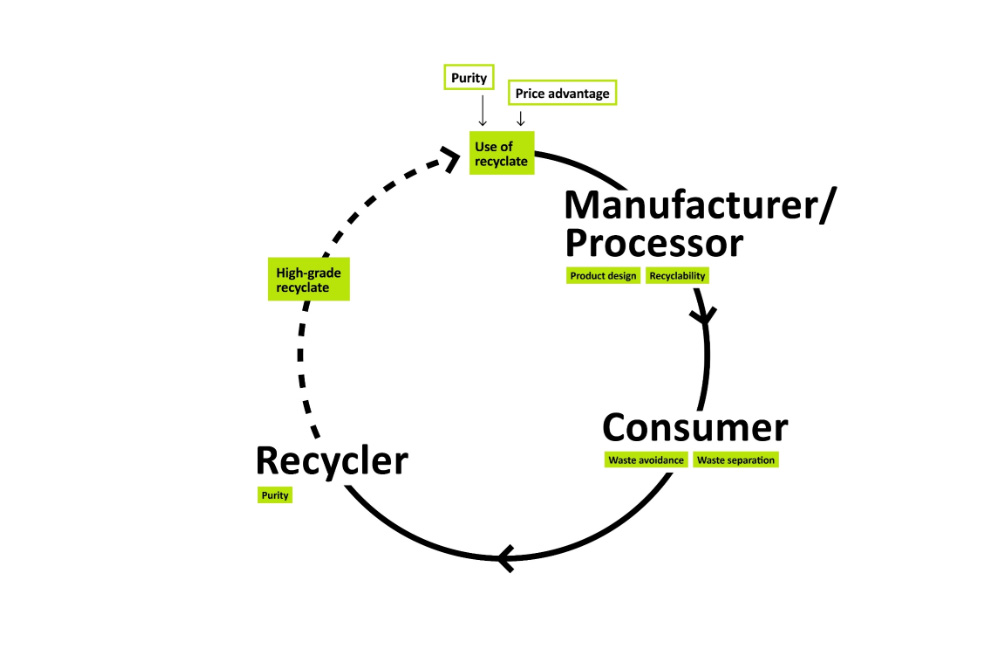
The circular economy has to be profitable for businesses and must not result in any financial losses. Because the use of recyclates allows companies to reduce their material costs substantially, supporting the circular economy is now a winning venture.
Raw material has to be as pure as possible to employ plastic waste or used plastic as a secondary raw material and convert it into recyclates at the quality necessary to manufacture new products. Material sorting and contaminant detection technologies therefore play a crucial role in waste
management.
High-quality recyclates can be processed like new materials, resulting in smooth production and maximum output.
Ultimately, manufacturers, consumers and recyclers all need to make a concerted effort as they work towards a common goal. It all starts with product design and manufacturing, both of which need to take recyclability into account. After that, consumers need to take waste reduction and separation seriously. The cycle continues in the waste management and recycling industry, which needs to ensure absolute purity so as to produce high-quality secondary raw materials. Ultimately, the whole thing ends and begins once again with processors and manufacturers, who need to be willing to use recyclates in the production process.
The recycling market is evolving. Recycling quotas based on legal directives were most recently adopted in the European Union in 2019. More and more companies have pledged to use recycled plastics in production, and consumers are also growing increasingly aware of conserving resources, protecting the environment and taking a sustainable approach to plastic.
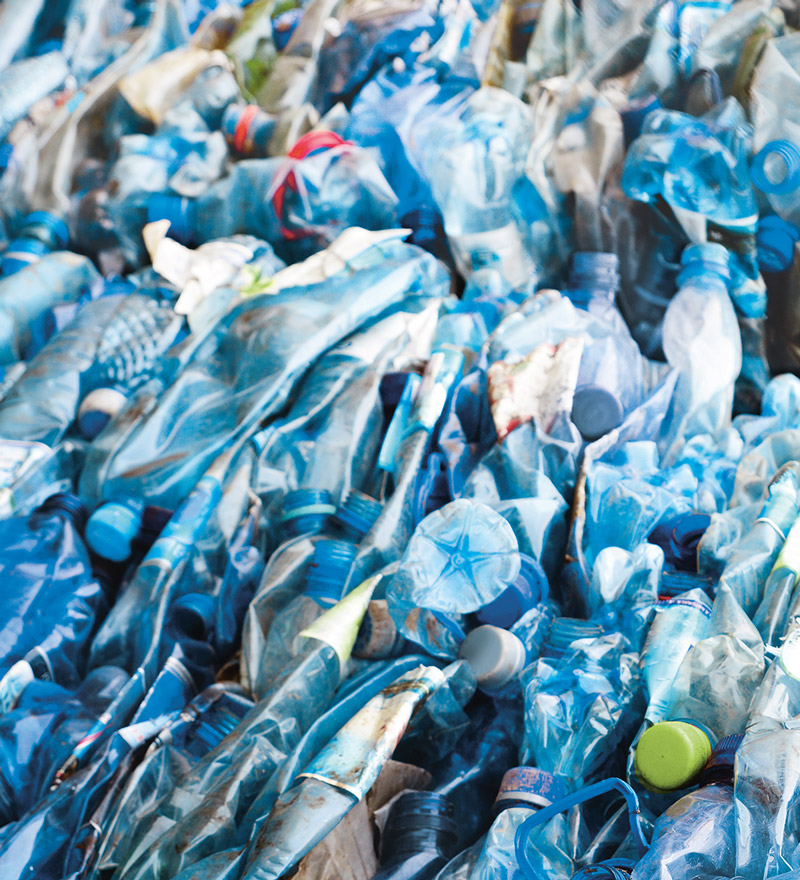
Sourcing a sufficient amount of high-quality plastic waste is often a challenge for recyclers, even though it is essential to ensuring an adequate volume and quality of output material. What is more, it is important that as little material as possible is lost during the recycling process.
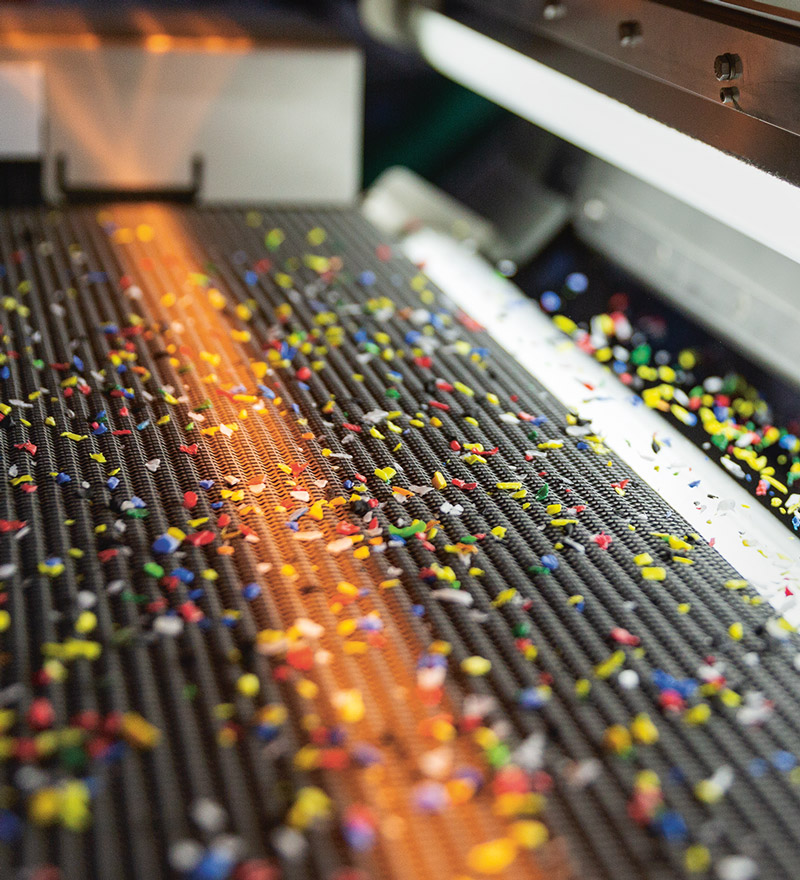
The sorting technology in use needs to be capable of recognising materials and impurities in consideration of both the present and future design of plastic packaging and products. Sorting systems and processes also have to be flexible so that they can react to deviations in the quality of input material.
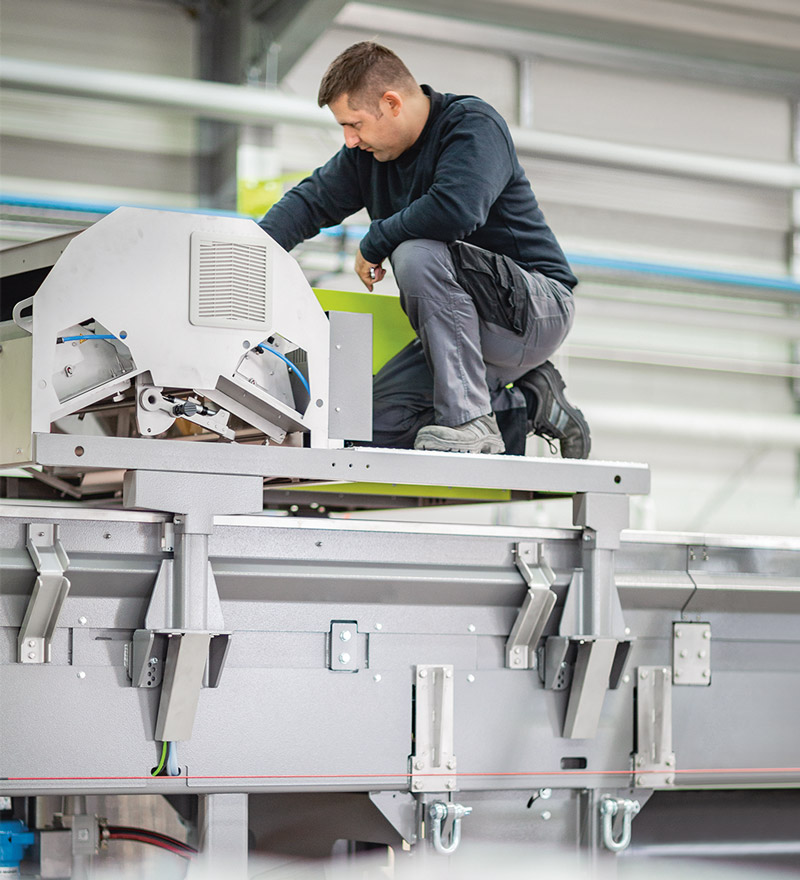
Reliable service that is able to provide fast, expert assistance – even on site – is the key to ensuring constant machine availability without expensive downtime.
Customer demands change frequently due to design and legal provisions alike. The time it takes to react to such changes needs to be as fast as possible. Through it all, process costs must also remain transparent.
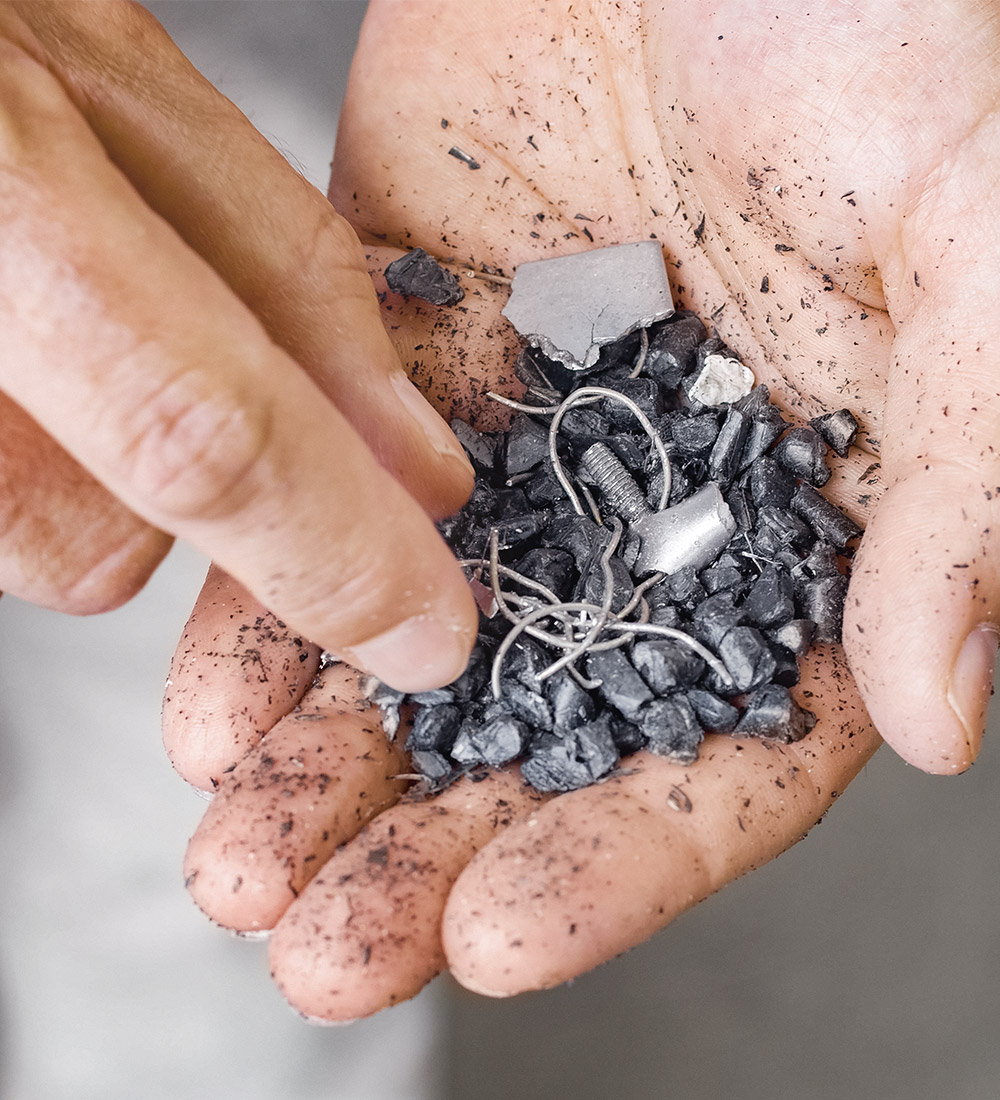
Like recyclers, plastics manufacturers and processors also have to contend with the fluctuating availability of recycled material, especially in times when demand is high. In addition, both the quantity and quality of the purchased material must be suitable for further processing. The better the quality of raw material, the more efficient its processing.
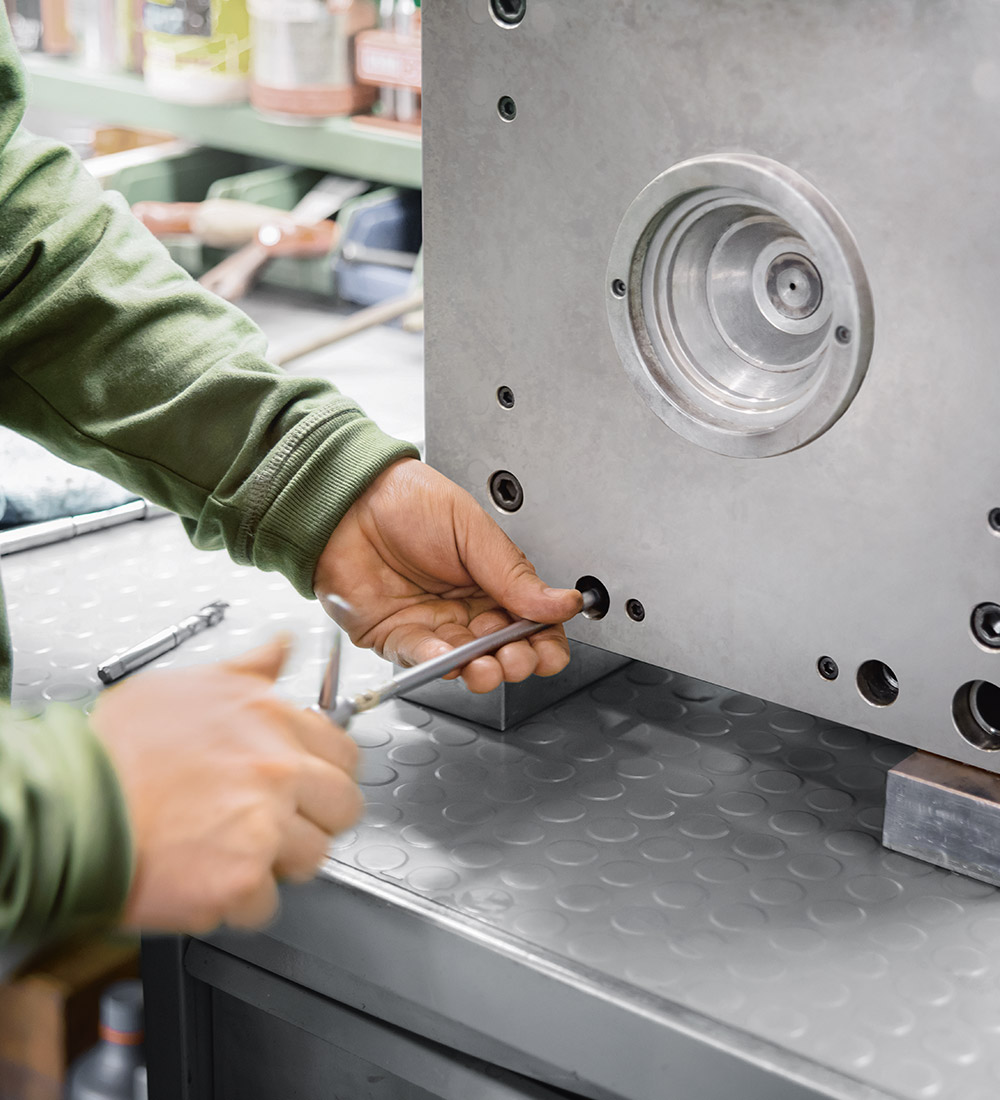
Rejects mean waste. They can occur if machinery is defective – something usually caused by impurities in the raw material. Because defective machinery costs time and money due to production downtime and the need for repairs, it is important to avoid unscheduled production downtime and to keep it as short as possible. That is why good detection technology for raw material and the rapid availability of service are of the essence.

The aim of plastics producers and processors is to manufacture high-quality products. Ensuring top product quality is the key to generating higher profits and avoiding complaints or returns that waste time, money and resources.

